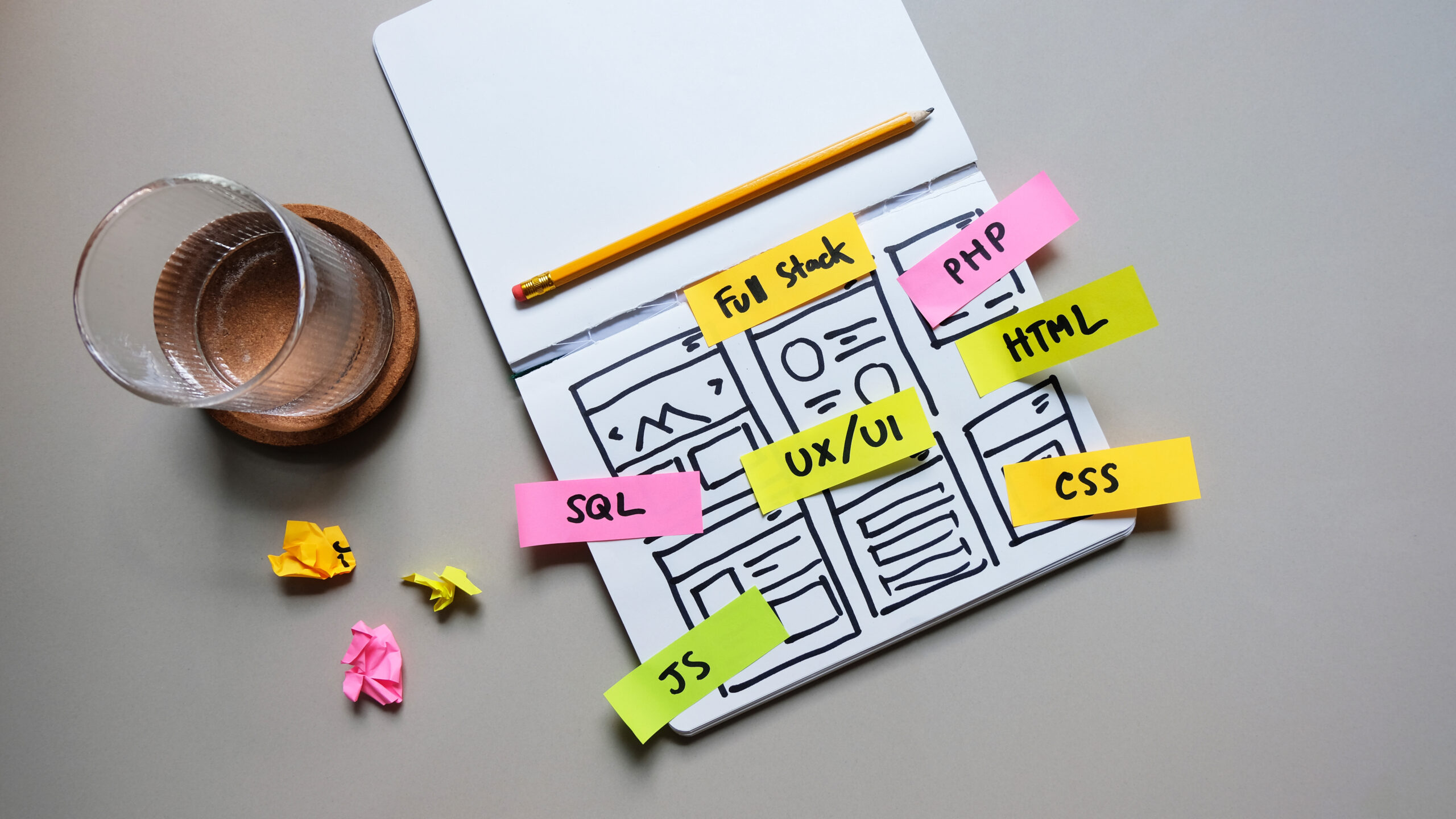*This article is an English translation of a Japanese article.
Web accessibility is an essential initiative to ensure that everyone can comfortably use a website. In particular, the “Level AAA” standard for web accessibility is the most stringent, requiring maximum consideration for users with various disabilities and limitations. So, what specific points should be addressed when redesigning a homepage to meet Level AAA? In this article, we will explain the concrete measures needed to achieve Level AAA compliance.
1. What is the Level AAA Standard?
Web accessibility standards are defined by the WCAG (Web Content Accessibility Guidelines), with three levels of achievement: Level A, Level AA, and Level AAA. Among these, Level AAA is the highest standard, encompassing detailed requirements to meet a wide range of user needs. Below, we explain the main Level AAA criteria to be addressed when redesigning a homepage.
2. Meeting Color and Contrast Standards
Key Points
- Strengthen the contrast ratio from 4.5:1 to 7:1 or higher.
- Ensure that the text and background colors provide high contrast, making it easier for users with visual impairments to read.
- Offer customizable color scheme options, allowing users to adjust contrast and color themes.
Implementation Example
- Use tools to check that the colors of text and links have sufficient contrast against the background, and make corrections as needed.
3. Providing Full Alternatives for Video and Audio Content
Key Points
- Provide audio descriptions to explain visually important information via sound for users with visual impairments.
- Offer full captions for all videos, including spoken words and descriptions of background sounds or music.
- For audio content, provide text transcripts so that users with visual or hearing impairments can access the information.
Implementation Example
- Provide an alternative version of videos with additional audio descriptions, or integrate captions as a standard feature.
4. Page Structure Support for Screen Readers and Assistive Technologies
Key Points
- Properly set up the heading structure on web pages so screen readers can accurately read the content.
- Use ARIA landmarks to clearly separate navigation and main content, allowing users of assistive technologies to efficiently access information.
- Ensure that links and buttons have clear labels so users can easily understand their function.
Implementation Example
- Instead of using vague labels like “Click here,” use specific labels like “Read detailed information.”
5. Providing Time Adjustment Features for Users
Key Points
- For time-sensitive actions (e.g., form input or session timeouts), provide users with options to extend or disable the time limits.
- For automatically updated content (e.g., news tickers, chat features), allow users to pause, delay, or stop the updates.
Implementation Example
- For auto-updating feeds, provide a manual update option for users.
6. Providing Detailed Descriptions and Instructions
Key Points
- Form fields and interactive elements should be accompanied by clear instructions explaining how to interact with or input data.
- In the event of form errors, provide detailed explanations of the error and how to correct it so users can easily make adjustments.
Implementation Example
- Add examples or supplementary explanations to each form field, guiding users on the correct input methods.
7. Ensuring Text Resizing and Readability
Key Points
- Provide a text size adjustment feature, allowing users to freely change the size of text.
- Ensure that text is not embedded in images, making it easier to resize or adjust.
- Use readable fonts and adjust letter spacing and line height to enhance readability.
Implementation Example
- Apply responsive design so that all page text adjusts appropriately when resized.
8. Pre-Announcing External Links and Downloadable Content
Key Points
- For external site links or downloadable content (e.g., PDFs), clearly indicate the file type, size, and any required software so that users know what to expect.
- Provide information on download time and necessary software to ensure smooth access.
Implementation Example
- Add explanations such as “Opens in a new tab” for external links.
Conclusion
Achieving the “Level AAA” of web accessibility requires greater attention than basic standards. By carefully considering users with visual, hearing, motor, or cognitive impairments, you can create a website that is easy for all users to navigate. When redesigning a homepage, it is crucial to implement these specific measures and regularly evaluate and improve accessibility. Pursuing Level AAA ensures that not only certain users but all users enjoy a better web experience.
We have released the UUU Web Accessibility Widget Tool, designed to make web accessibility easy to implement. This tool helps improve the accessibility of websites quickly and efficiently, even without specialized knowledge.
If you’re interested in enhancing your website’s accessibility, please check out the details. We are here to support you in making your website more user-friendly and accessible to a wider audience.
